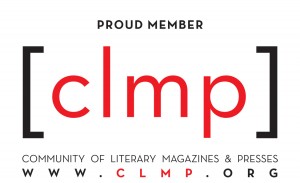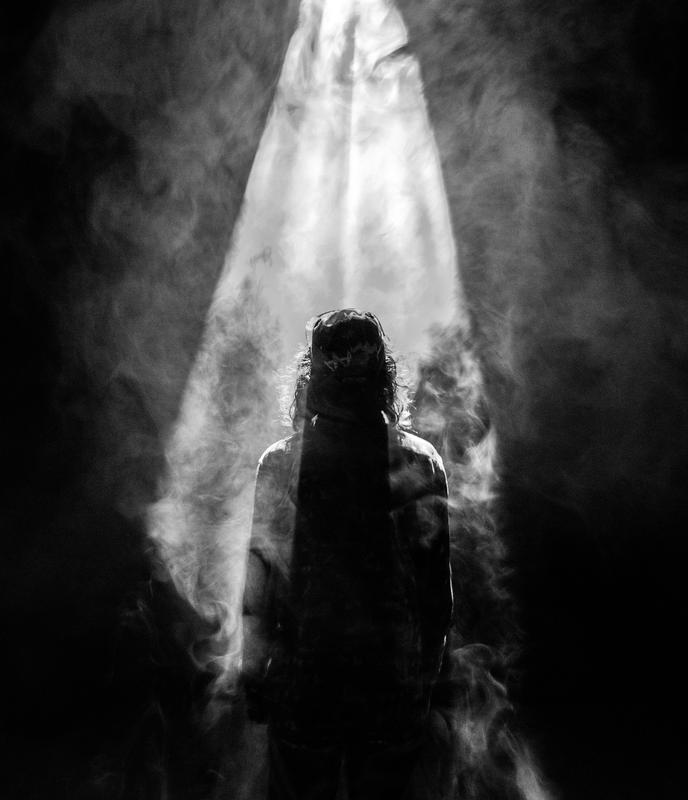by Kelly A. Harrison
June 30, 2022
__________________________________________________________________________________________________________________________________________________________________________
__________________________________________________________________________________________________________________________________________________________________________
__________________________________________________________________________________________________________________________________________________________________________
Through the Smoke to the Burn: A Review of Cut Road by Brent van Staalduinen
FICTION REVIEW
Cut Road by Brent van Staalduinen; Guernica Editions; 244 pages; $17.95
In dealing with life struggles, the sixteen stories in Cut Road, leave an unsettling feeling and a deep recognition of our common humanity. We read about stuck truck drivers, children with parents in the process of dying, and single mothers barely surviving. Stories of soldiers embed readers alongside snipers while those of vets situate us within an unstable civilian life, haunted by shadows of the past. Every character here lives in a story where the undercurrent is a resigned acceptance of one’s lot in life, the good things being fantasy, always out of reach.
In “Mom 2 Mom,” this sentiment surfaces with the narrator, Yellie, a newly pregnant single mother and veteran. While attending a church-sponsored swap meet for children’s items, she remarks, “I’ve heard that if you close your eyes and cast off the world for an instant you can actually feel love tingling through the downy hairs on a newborn’s face. I don’t buy it, though.” Here, the dreams of mothering, of love, of some fantasy that mindfulness manifests “love tingling,” are not for our characters. As the baby’s father waits for her, Yellie shops, but the real meaning comes in subtext, in how she reaches out to one mother and in how she subverts the church and the string of swaps she’s attended. We’re never told Yellie isn’t happy about the pregnancy and her situation, but we feel it in every moment of the story.
Many themes and motifs run throughout, like smoke and shadows and burns. Characters both figuratively and literally struggle to breathe, from the mother dying of cancer in “Declination” to both the father and the daughter in “Qom” who turn to illegally vaping cannabis to help the four-year-old with her seizures and the father with his war wounds. In the title story, “Cut Road,” fire is literally surrounding the characters who cannot escape, not even to the partial ice left on the lake. Again, the good thing—safety—is out of reach. Many stories end unresolved, the characters still in the middle of their struggle, and yet the stories all feel properly concluded, with nothing more to say.
Money troubles, life-death struggles, and painful recoveries are familiar territory here. The only story that offers a way out of sorts does so through magical realism. “Declination” follows Hasp, a teen who watches his mother die of cancer while her partner, Angela, manages to keep the household barely together. Hasp has given up on college, feels devasted by a breakup with “a girl he loved harder than you’d imagine,” and carries “an aching hole in his middle when he thinks about the baby her family made her take away when they moved, when he thinks about absent daddyhood.” This hard life festers in the moment, growing in a pressure so strong in the gut that Hasp vomits up gemstones. These stones, which seem to be his way out of misery, appear so matter-of-factly. After the characters and setting and situation are clear, we see Hasp get off his bike and “vomit onto the dirt in the house’s shadow. That’s when the first precious thing appeared. It sat in the middle of his sick like a bright green eye, surrounded by an unmentionable stew yet perfectly clean.” More vomit, more stones. But if we believe these riches will afford better medicine and treatments if not a cure for the mother’s cancer, we haven’t been paying attention to van Staalduinen’s technique where there are no happy endings, no easy or trite resolutions.
Fairly consistently, place and setting develop through the actions of the characters. One example of this technique appears in “Fairly Traded,” a story of an injured vet who works as a designer. The story begins with, “Hannah always sits on the tall stool so her right side faces the window or the door.” This is followed with a tight description of the scars and some backstory around her discharge. Just as we’re feeling the coldness of the scars, a line of dialog enigmatically interrupts: “Another Sumatran?” We may wonder at this point who is speaking and what is going on, and van Staalduinen slowly clears the fog: “Hannah looks up from her laptop. Olson stands there, a pristine bar towel slung over his left shoulder, the hardest barista ever to sling express.” A lesser writer might have begun by telling us Hannah was working in a café, but in these stories, the settings appear as the characters in them move, act, respond.
Parsimony of prose is something van Staalduinen excels at, even when moving from scene to scene. In “Those Days Just a Glimmer,” Desmond has just killed an eleven-year-old boy in Kuwait. After two paragraphs, we transition in time with the line “That was about a year ago.” We follow Desmond and his crew as they work private security, which pays a lot more than the Army. We’re in the desert setting with the others when van Staalduinen transitions from this world by noting that Desmond understands how one of his crew thinks of him and then by shifting our attention through Desmond’s attention. “Lish is proud of him, he can see, even through the nauseating stop-start motion on the web-cam. She’s at her folks’ place…” The sentence begins with Desmond recognizing what Lish thinks, what is visible (“he can see”), and that pride remains like an imprint on the mind’s eye despite the new action, our attention now to the web-cam. Through Desmond, we then hear the conversation with his wife via the computer, where tensions rise via dialog. Later, we experience another tight move when van Staalduinen deftly navigates the space between third-person narration and internal dialog. “Tillman calls his girlfriend […] My Bitch. He thinks it’s cool, caring even, but Desmond thinks it just sounds like the distance between respect and loss.” Since Desmond is our point-of-view character, we know Desmond is the one who knows what Tillman is thinking. Simultaneously revealed are their thoughts and that Desmond knows his crew that well.
Canadian writer Brent van Staalduinen has written three novels previous to this collection whose stories have been published variously over the last decade. He himself was a medic, so it’s no surprise that among the stories about vets we get “Buddy’s Mirror,” about a medic that begins with a second-person, disembodied narrator commenting that “you’ll never be able to tell the difference between the grey clouds and the smoke.” The second person shifts to the first several times as we follow, backtrack, jump forward with our narrator through the heat someplace in “Easter Europe,” over landmines, narrowly avoiding bullets. In this story, the medic seems to give us the central theme for the collection: “So death grabs you slowly, gradually.” Cut Road, however, grabs readers quickly but it’s the emotional tenor that lingers like smoke.
©2022 West Trade Review
__________________________________________________________________________________________________________________________________________________________________________
Stay Connected to Our Literary Community. Subscribe to Our Newsletter
Kelly A. Harrison,MFA, teaches technical communication at Stanford University and works as a writer and consultant in San José, CA. She edited West Winds Centennial, an anthology of works by the California Writers Club, for which she won the Ina Coolbrith award. Her works have appeared in literary journals and anthologies, including Reed Magazine, Hidden Compass, and Celebrate Creativity, and she writes for Technical Communication. She is the Associate Editor for West Trade Review.
__________________________________________________________________________________________________________________________________________________________________________
Image by Mads Schmidt Rasmussen from Unsplash




